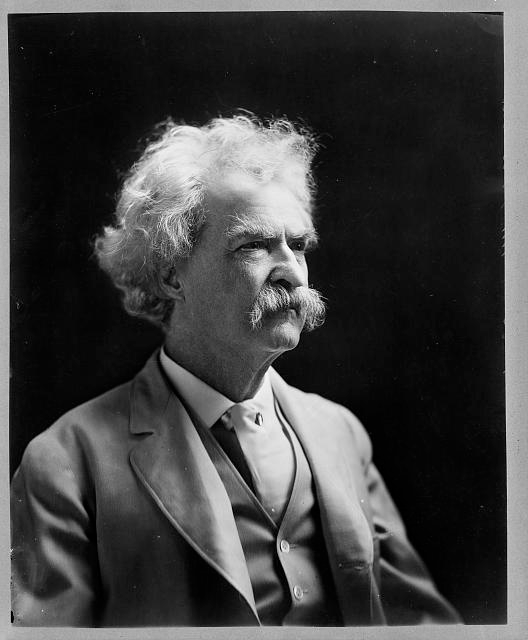Pirates really had pet parrots They were not only souvenirs, but a source of revenue. Parrots were popular pets and pirates got good prices for them at the bird markets of 18th century London. Pirates even offered them as presents to officials to...
Back to the Middle Ages? “Downstairs,” the receptionist said. “In the dungeon.” Armed with shampoo and a towel, I followed his directions across the courtyard and down two flights of stairs. We had booked rooms in a medieval German castle, and this...
Marooning – the act of intentionally leaving a sailor behind on a deserted island or sandbar – is a punishment we traditionally associate with pirates. Even outside the world of piracy, captains occasionally marooned sailors as punishment for mutiny...
A missing hunter When a man doesn’t come home from a hunting trip, it can mean a lot of things. Maybe he’s just late. Maybe he really didn’t go hunting, is doing something he isn’t supposed to, and just lied about it. Maybe he’s lying somewhere out...




Recent Comments